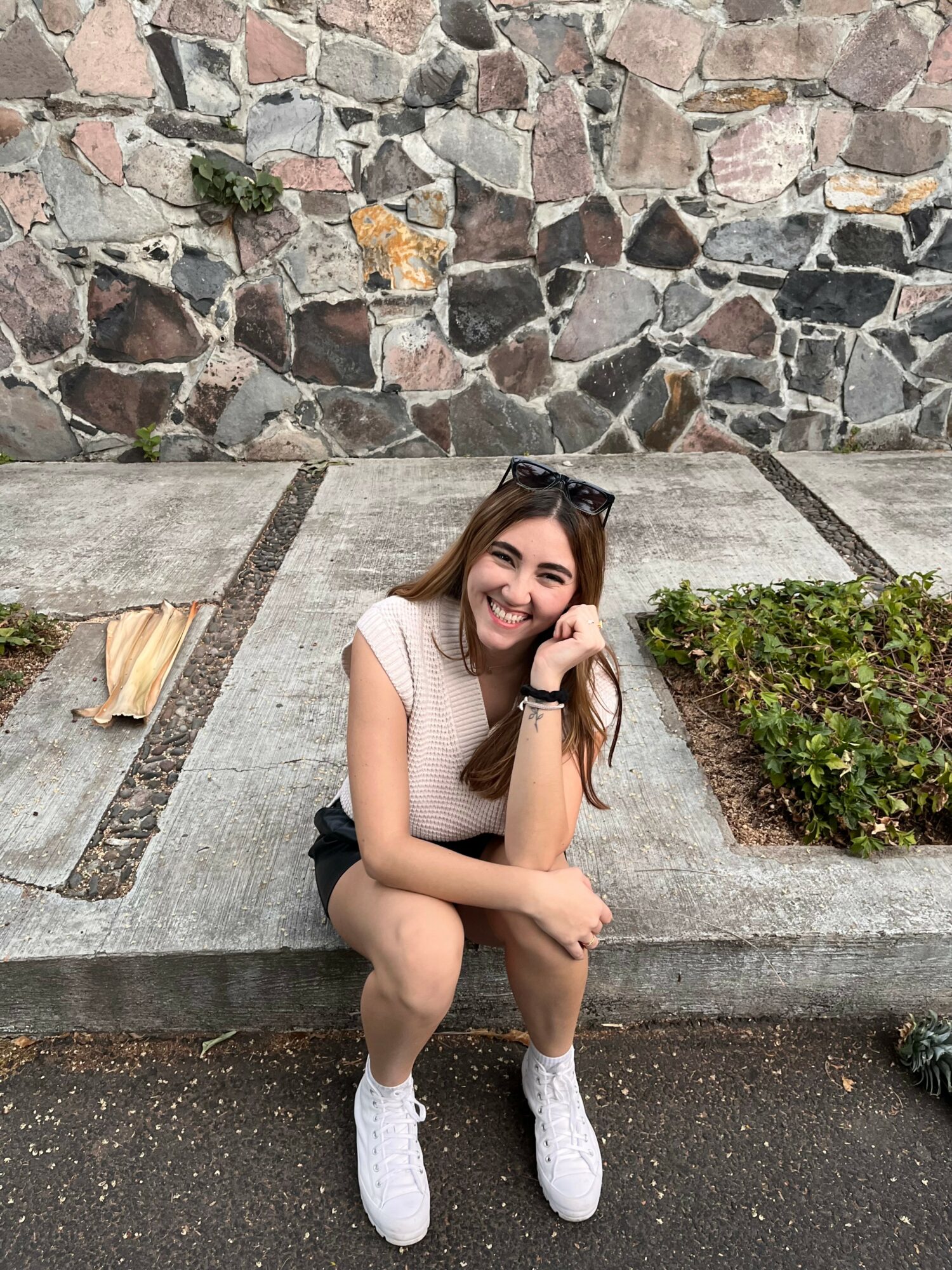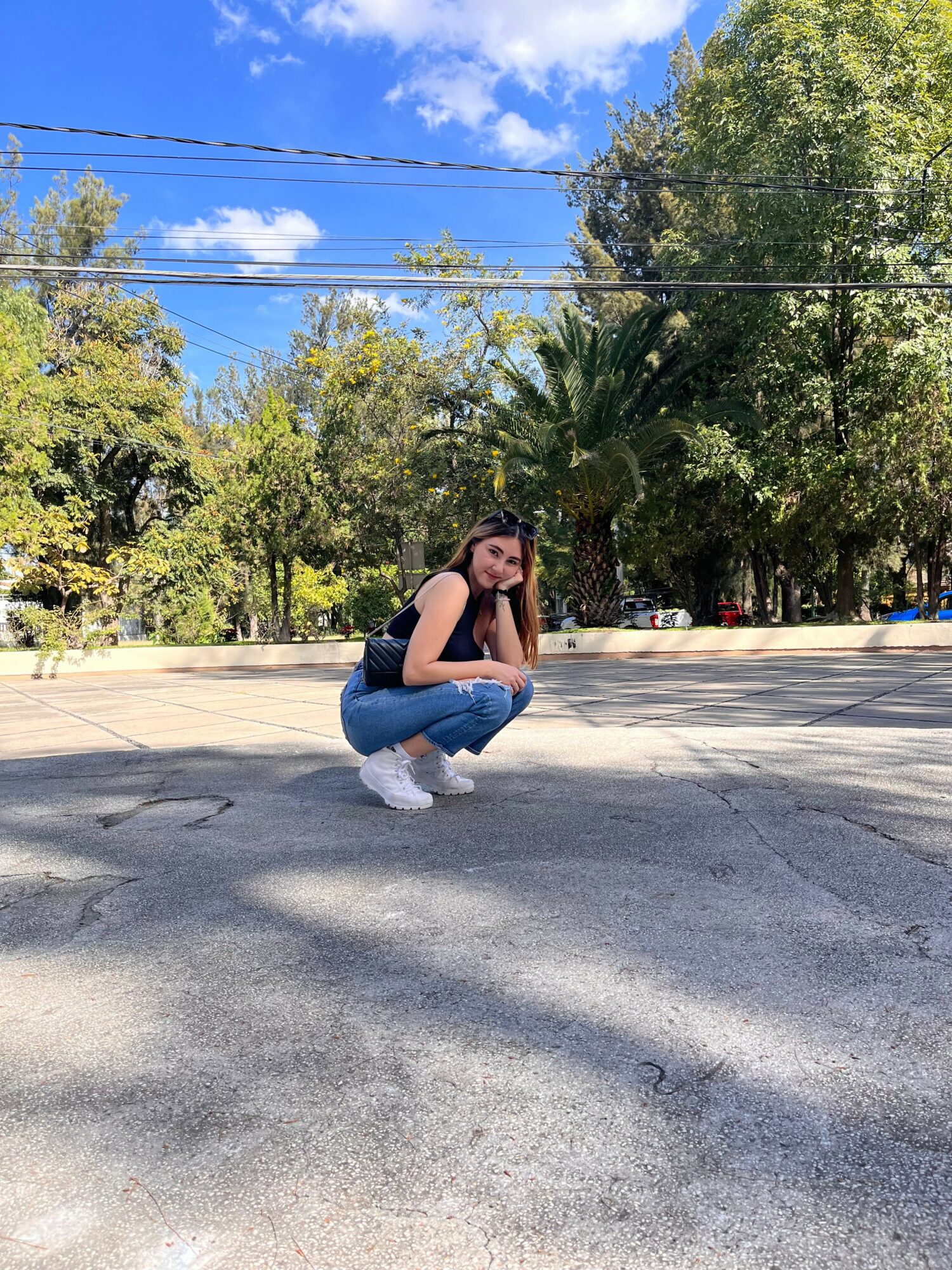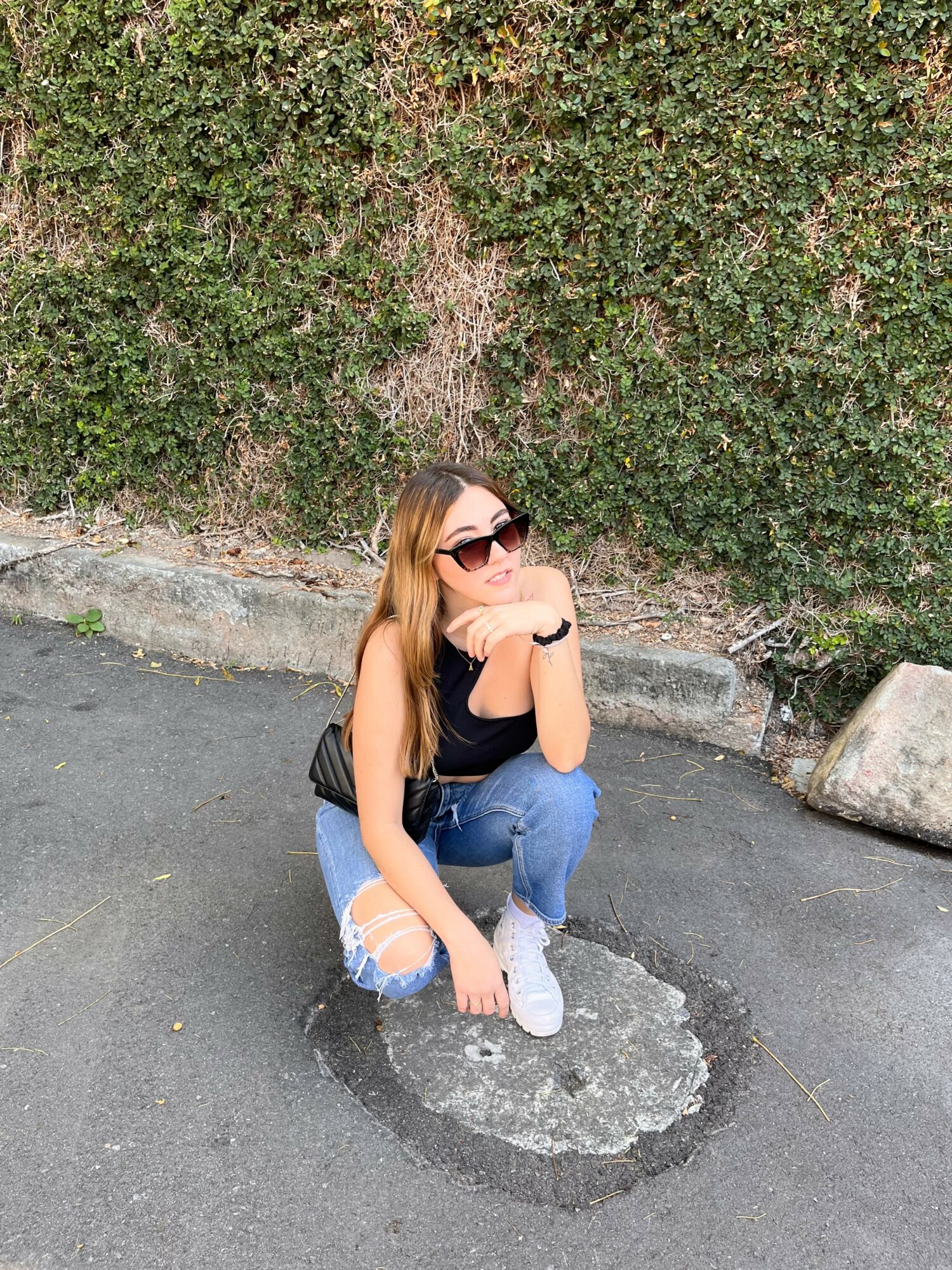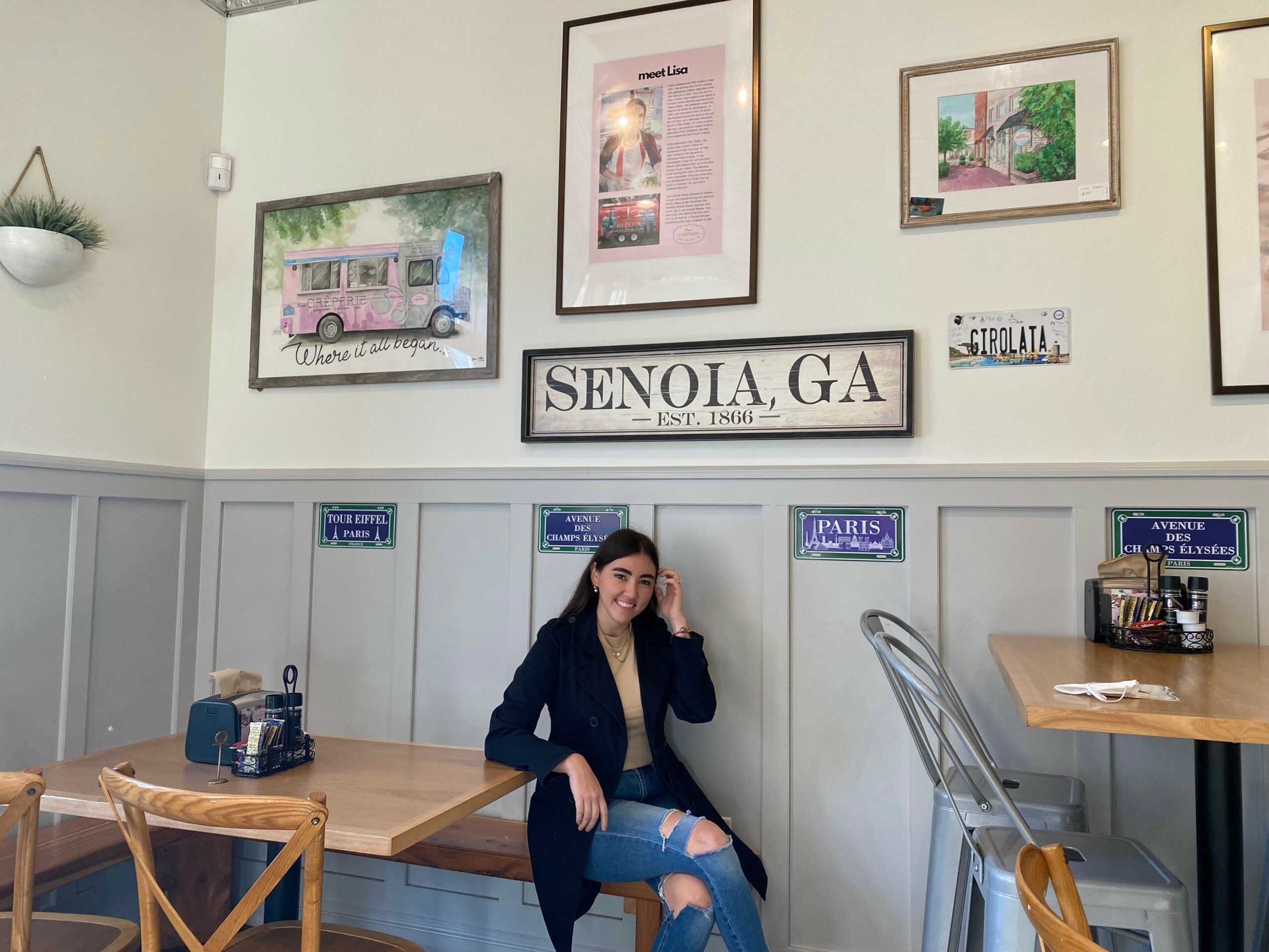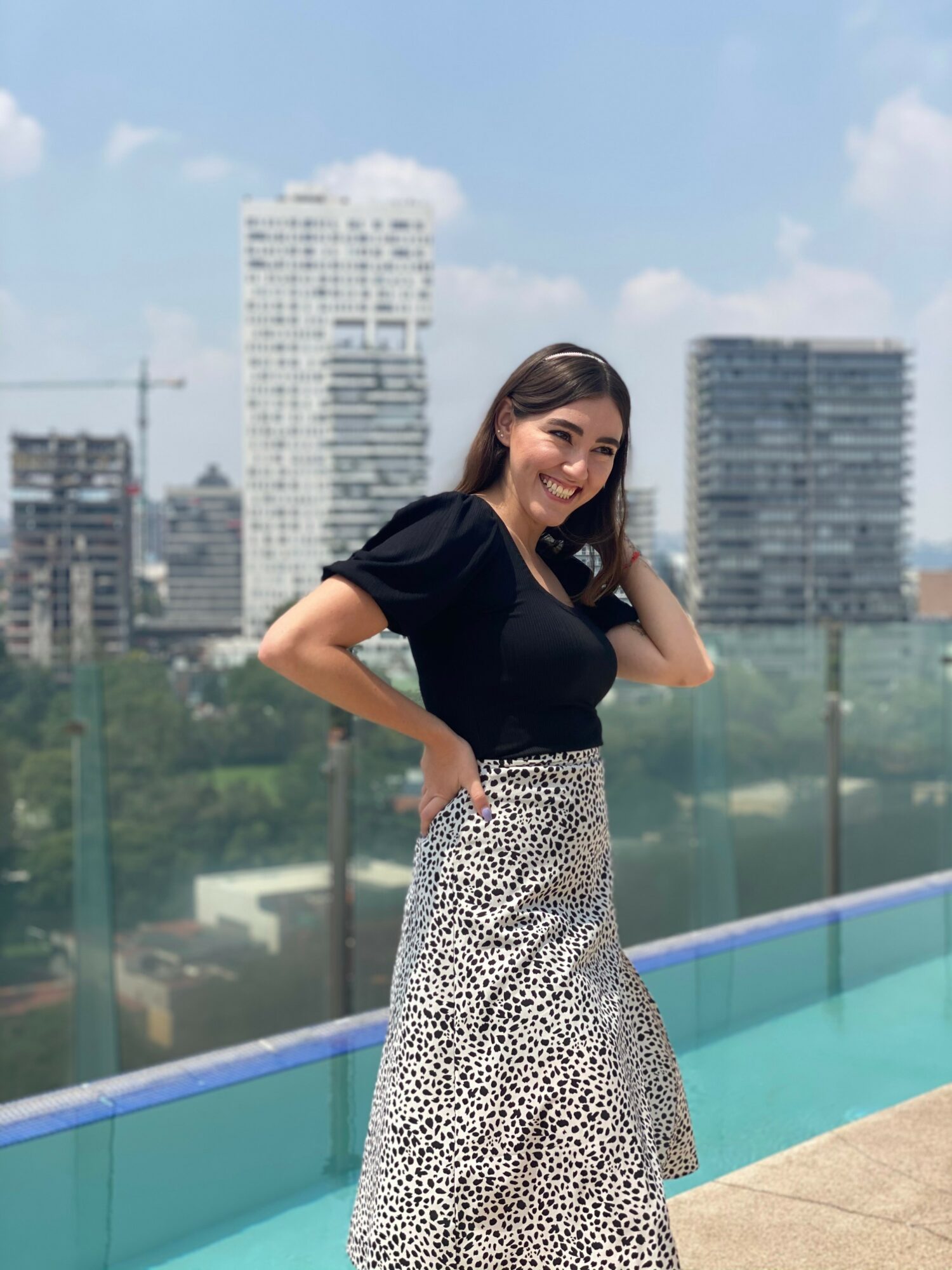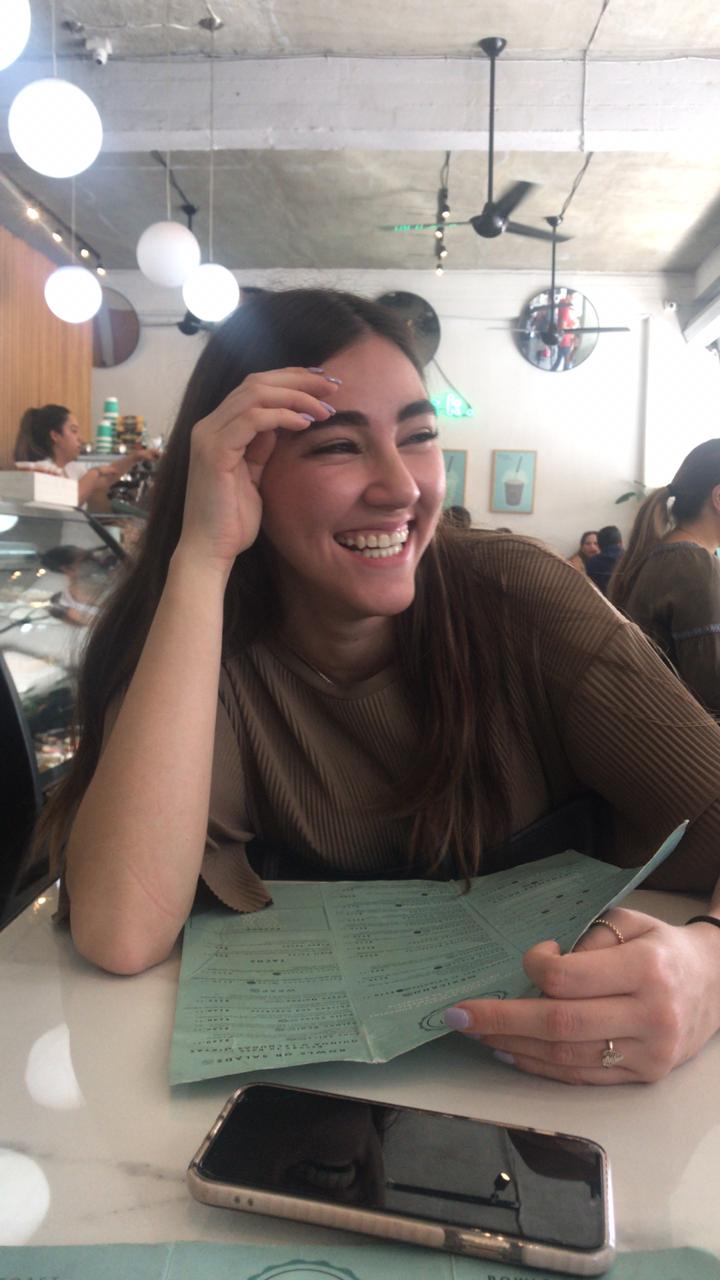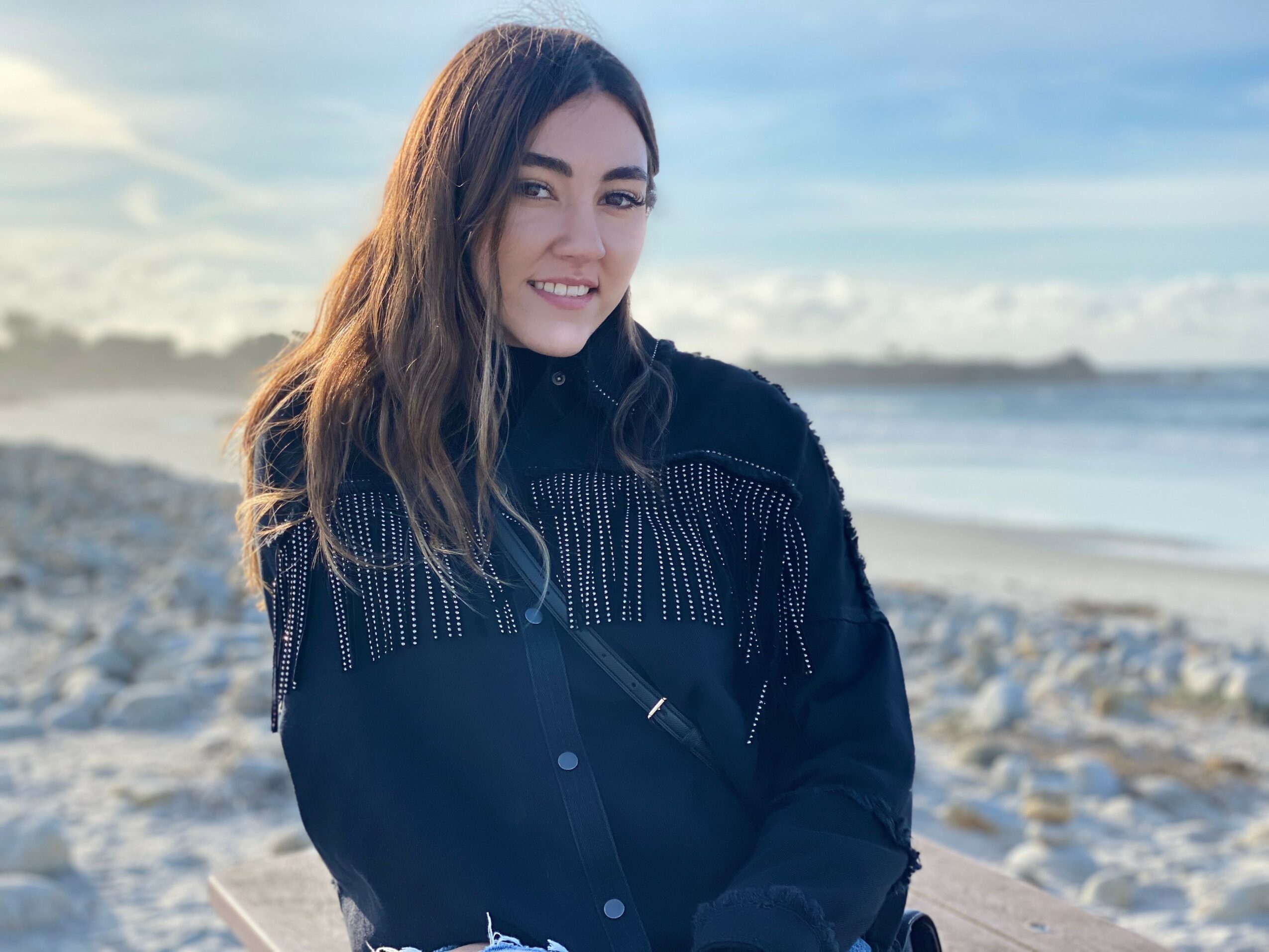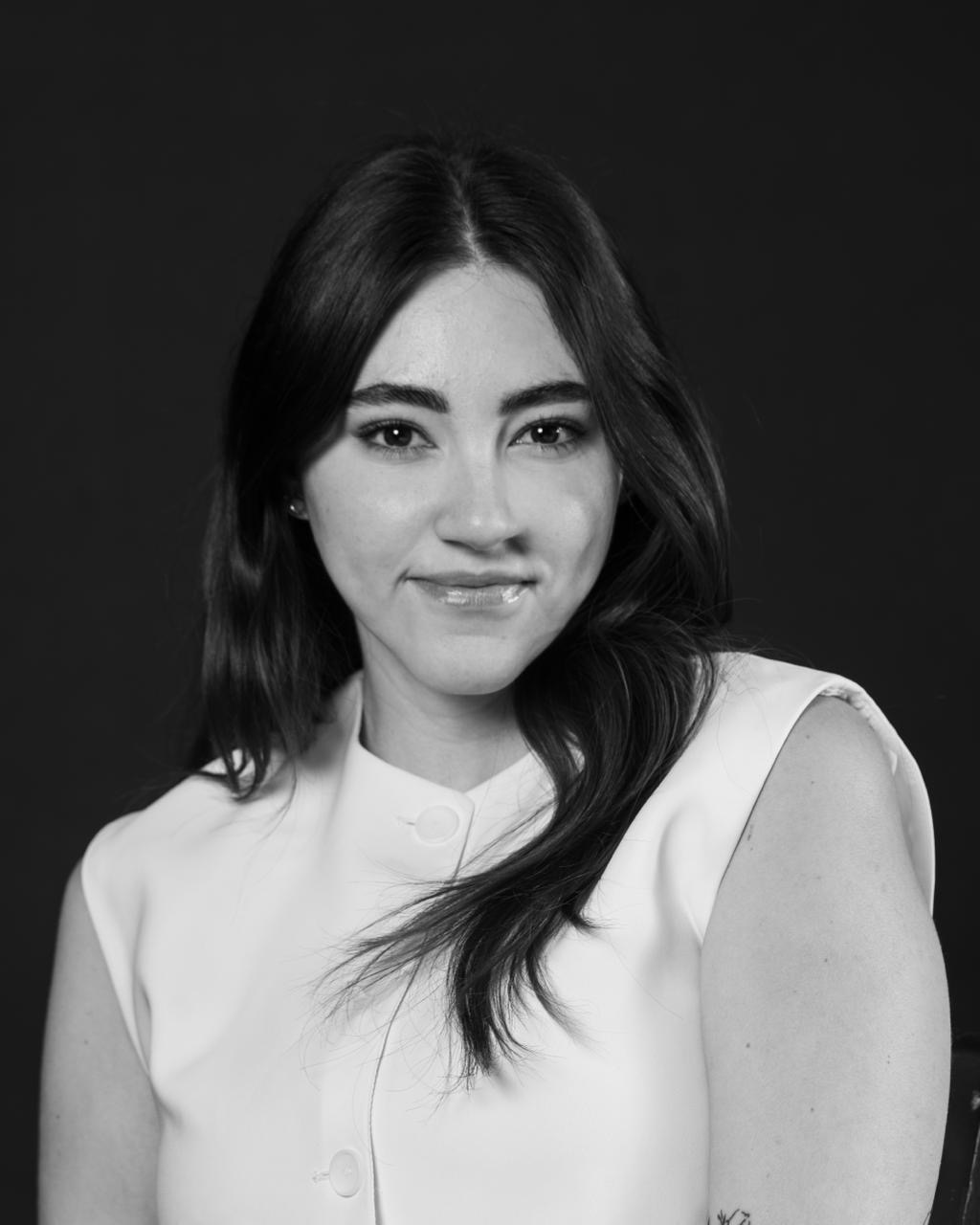

Today we’d like to introduce you to Alejandra Chavez.
Alejandra, we appreciate you taking the time to share your story with us today. Where does your story begin?
Since I was very young, I have been drawn to creating spaces that positively impact people’s lifestyles. I initially began studying architecture because interior design wasn’t yet a widely recognized field in my home country, Guadalajara, Mexico. However, I quickly realized that my true passion lay in interior design, so I made the switch and completed a two-year technical degree in Interior Design in Mexico.
I went on to work for two years at a wooden furniture company, where I was in charge of both interior design and sales. Thanks to my mother, who was living in the United States at the time, I decided to move with her. After arriving, I discovered SCAD and chose to pursue a more advanced education in Interior Design, aiming to deepen my knowledge and expand my creative perspective.
My journey at SCAD has been intense and transformative—full of challenges, growth, and opportunities to push my own limits. Alongside my studies, I have always been deeply interested in psychology. I aspire to integrate psychological principles with interior design in ways that meaningfully support human well-being.
I’m also passionate about incorporating elements of my Mexican heritage into my work. I believe in celebrating and elevating my culture through design. In particular, I’m drawn to commercial spaces—especially cafes and restaurants—as places where design, culture, and human interaction converge.
My dream is to one day open a café or restaurant that reflects a fusion of psychology and design—perhaps a neurodivergent-inclusive space, or one that embraces various social interaction styles. I truly believe that interior design holds the power to heal, to connect, and to transform everyday experiences. And I am committed to using that power with intention and heart
I’m sure it wasn’t obstacle-free, but would you say the journey has been fairly smooth so far?
One of the most challenging parts of this journey has been navigating the wide range of software tools available for interior design. Many times, universities introduce these programs halfway through the curriculum, and students are left to learn them on their own—often without knowing which ones are most efficient in terms of time, quality, and workflow. Still, that’s what I love about this field: every project brings a different kind of challenge to solve.
As you know, we’re big fans of you and your work. For our readers who might not be as familiar what can you tell them about what you do?
I’m an interior design student with a background in architecture and a strong passion for designing spaces that are both emotionally resonant and deeply functional. I specialize in creating environments that consider not only aesthetics and spatial flow, but also the psychological and emotional well-being of the people who inhabit them. I’m especially drawn to eclectic design and mid-century modern style, and while I’m very versatile in adapting to different design directions, functionality is always at the core of my work. My projects are often inspired by Mexican design traditions, which I integrate with contemporary sensibilities to create warm, inclusive, and culturally rich spaces.
What I’m most proud of is my ability to approach each project with empathy and intention. I’m a very sensitive and emotionally intuitive person, and I’m not afraid to be vulnerable—qualities that have helped me connect more deeply with people and understand what they truly need from a space. This emotional openness allows me to interpret and translate even the most specific or personal design needs into environments that feel genuinely meaningful and tailored. Whether it’s a conceptual space or a real-world project, I always think about how people will feel in that environment—what will comfort them, inspire them, or help them connect. I’m also proud of how far I’ve come in my education: starting with a technical degree in Mexico, working professionally in furniture design and sales, and now pursuing a deeper academic and creative journey at SCAD.
What sets me apart is my perspective. As an international designer, I bring a layered cultural sensitivity to my work. I also strive to explore the intersection between interior design and psychology—especially as it relates to neurodivergent inclusion and emotional support through design. I believe interior design is a powerful tool for healing and connection, and I’m committed to using it with both skill and heart.
If you had to, what characteristic of yours would you give the most credit to?
I believe the most important quality contributing to my success is my emotional sensitivity. Being deeply attuned to people’s emotions allows me to create spaces that go far beyond aesthetics—they feel intentional, welcoming, and genuinely personal. I’m not afraid to be vulnerable, and this openness helps me build strong trust with clients, enabling me to understand their needs and desires on a much deeper level.
This emotional connection not only strengthens communication but also fuels my creativity and intuition. When working on projects that require a very specific vision or carry significant personal meaning, my sensitivity guides me in making design decisions that truly reflect the identity and emotions of the people who inhabit those spaces. In a field often focused solely on visuals, I firmly believe this emotional intelligence is what gives my work its most meaningful and lasting impact.
Contact Info:
- LinkedIn: https://www.linkedin.com/in/saborioac
